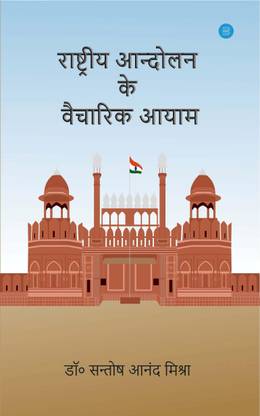(D) ANSWER THE FOLLOWING QUESTION IN BRIEF-----
QUESTION-1.What is meant by the growth rate of population?
ANSWER-
Population is aways in a state of flux. The net change in population between two fixed periods of time expressed in percentage is called the growth rate of population.
The growth rate may be negative , if the population declines, and positive, if it increases during a given time period.
QUESTION-2. What are the three important attrributes of population composition?
ANSWER-
Three important attributes of human resources----
1.Age structure
2.Sex Ratio
3.Literacy Rate
QUESTION-3. What makes the human beings the most valuable resources?
ANSWER-
Human beings are considered an important and integral part of the ecosystem. They are endowed with intelligence, thinking , and creative skills and are the biggest and most valuable resource.
QUESTION-4. Which regions of the world have high concentration of population and why?
ANSWER-
South East Asia have the highest concentration of population in the world. This is the region that includes both China and India. The reson behind the high concentration of population is that this region has many fertile river valleys which can support intensive agriculture and a high population.
QUESTION-5. Highlight the characteristies of the sparsely population regions of the world.
ANSWER-
The characterstics of sparsely populated regions of world are it have unfavaorable climate, lack of proper facllities and unfertile soil.
(E) ANSWER THE FOLLOWING QUESTIONS--
QUESTION-1.Explain relief and climate as factors affecting the distribution of population.
ANSWER-
1.Relief - High mountains, rugged terrain and rocky plateau restrict human settlement.The transportantion is very difficult and the living conditions are not very favarable. on other hand , plain areas of the world are most favarable places for human habitation where transportation facilities are good and rivers are navigable. In the fertile lowlands of Ganges and the Brahmputra in India,
2.Climate-Climate is one of the most important factors affecting the distribution of population. People prefer to live in regions where temperature and rainfall are moderate. Excessive heat, cold, dryness pr wetmess caise discomfortable . Hot and humid areas of equatorial resion,cold desert of siberia, hot desert of Sahara are the areas which are sparsely populated.
QUESTION-2. How do minerals and industries affect the distribution of population? Explain.
ANSWER-
Minerals- Mineral deposits play a dominat role in population distribution. The presence of coal and iron ore in different parts of the world has attracted huge population in these areas because these are key minerals required for iron and steel industry.
Industries- Development of industries in any region has a very favarable impact on empolyment opportunities. An industrial labourer earns a higher wage than an agricultural labourer. Industrial hubs attract people from far off places.
QUESTION-3. What is meant by literacy rate? Why is it considered as important indicator in population composition ?
ANSWER-
Literacy Rate- It is the percentage of people who can read and write in a certain country. Literacy rate varies from country to country and from rural to urban population in the same country. it is more among male than femle population, more in urban areas than in rural areas. The literacy rate of any country is an important indicator as it affects the socio-economic development of a nation.
The people of the country are its real wealth. They make use of country's respirces. Population is an asset for the country rather than a liability. It is an important indicator of the socio- economic strengh of a country. Population becomes human capital when there is investment made in education, health and skill development.
QUESTION-4. Define sex- ratio. What are the reasons for the declining sex-ratio in India?
ANSWER-Sex-Ratio- It is a ratio between the number of females and males in the population. The sex-ratio is expressed as number of females per thousand males.
Sex-ratio in India is declining due to several reasons. Of these , most common are--
1.Preference for male child due to social, economic and religious reasons.
2.Infant mortality is higher among girls than among boys because of lack of proper medical facilities.
3.General neglect of female children during childhood is largely resposible for high female mortality rate.
4.Pre-natal sex determination tests, inspite of ban, continue to large scale practice of female foeticide.
QUESTION-5. Which states of India have high density of population and why?Suggest ways and means to check it.
ANSWER-
High density of population isin these states like Bihar, West Bengal, Kerala , Uttar Pradesh .
Density of population in these states is above 501 person per sq. km. Favourable climmatic conditions, rich fertile soil soil, well- developed agriculture and a high level of industrialisation has led the rapid urbanisation and therefore, brought high density of population in these states.
0000000000000000000000000000000000000000000000000000000000000000000000000000000000000000000000000000000000000000000000000000000000000000000000000000000000000000000000










0 Comments
Thank you